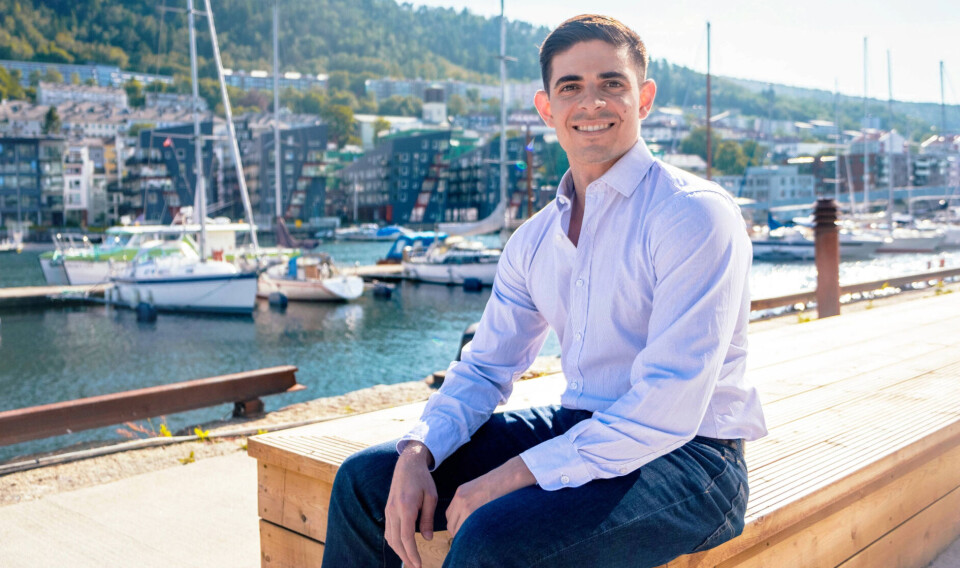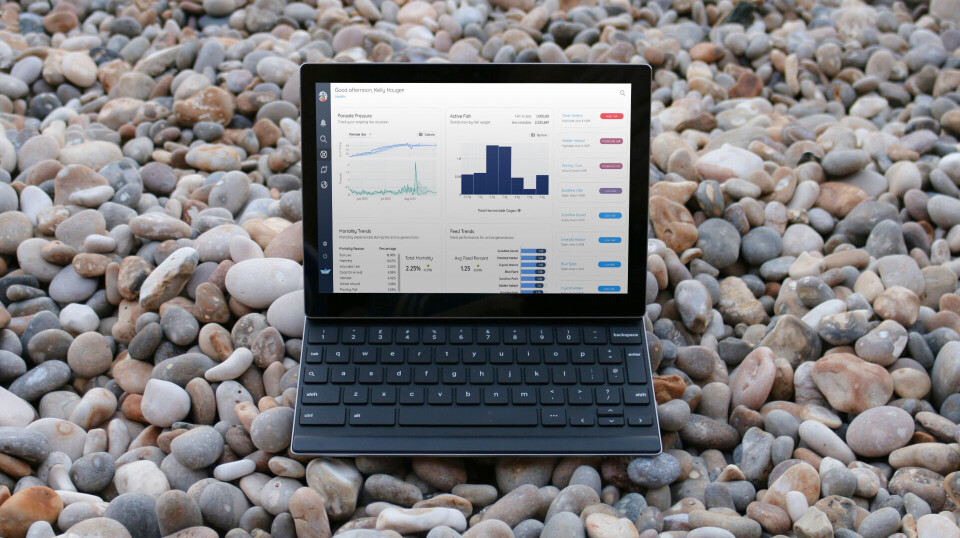
Manolin adds harvest forecaster and lice treatment recommender to AI platform
Fish farming data cruncher Manolin today announced updates for its Watershed platform that introduce a harvest forecaster and a sea lice treatment recommender.
Both are driven by a portfolio of 19 newly built computer models that span growth, quality, mortality, salmon prices, and clustering methods that define farm-specific normal ranges. There are 11 harvest-planning models and eight clustering models used for sea lice treatment planning.
Designed for more immediate farm actions, the tools deliver cage and population-level forecasts. Each forecast includes upper, lower, and average bands for up to 90 days for all active cages within an organisation. For harvest planning, Manolin forecasts biomass change, expected quality, and price so teams can weigh “harvest now versus wait” options. For sea lice interventions, clustering establishes each farm’s normal range, flags deviations, and guides treatment choice.
'Reality, not perception'
“Our ability to launch this many cage-level models comes from doing the unglamorous work of cleaning and structuring farm data for advanced modelling,” said Manolin co-founder and chief technical officer John Costantino.
“By tying all past events and normalised product usages to each population we are able to forecast and recommend on the reality of what is going on in a cage rather than the perception, which is why many of the models out there right now struggle to generalise well, especially when dealing with longer term predictions.”
Accuracy of the models range from 85 to 97%, and the 90-day forecast bands show the expected variability for each prediction.

The models are trained on farm-generated data from ERP (enterprise resource planning) systems, cameras, and environmental sensors, enriched with Manolin’s proprietary algorithms. For this release, training drew on over 265 million smolts across more than 2,400 pens.
“We’re focused on bringing together multiple data signals at the cage level,” said Costantino. “This is the first iteration, trained on a small subset of our network data; as we add more context, we expect performance to continue improving.”
The company’s modelling approach and validation practices are informed by peer-reviewed work, including Manolin’s collaborative big-data study with algal oil producer Veramaris on the oemga-3 long chain fatty acids EPA and DHA.
“We’re proud to launch new workflows in our platform powered by some of the most advanced models available today and get this into the hands of our customers,” said Manolin chief executive Tony Chen. “With biomass forecasts, we’ve found that getting the best result requires modelling many interdependent patterns.”






















































